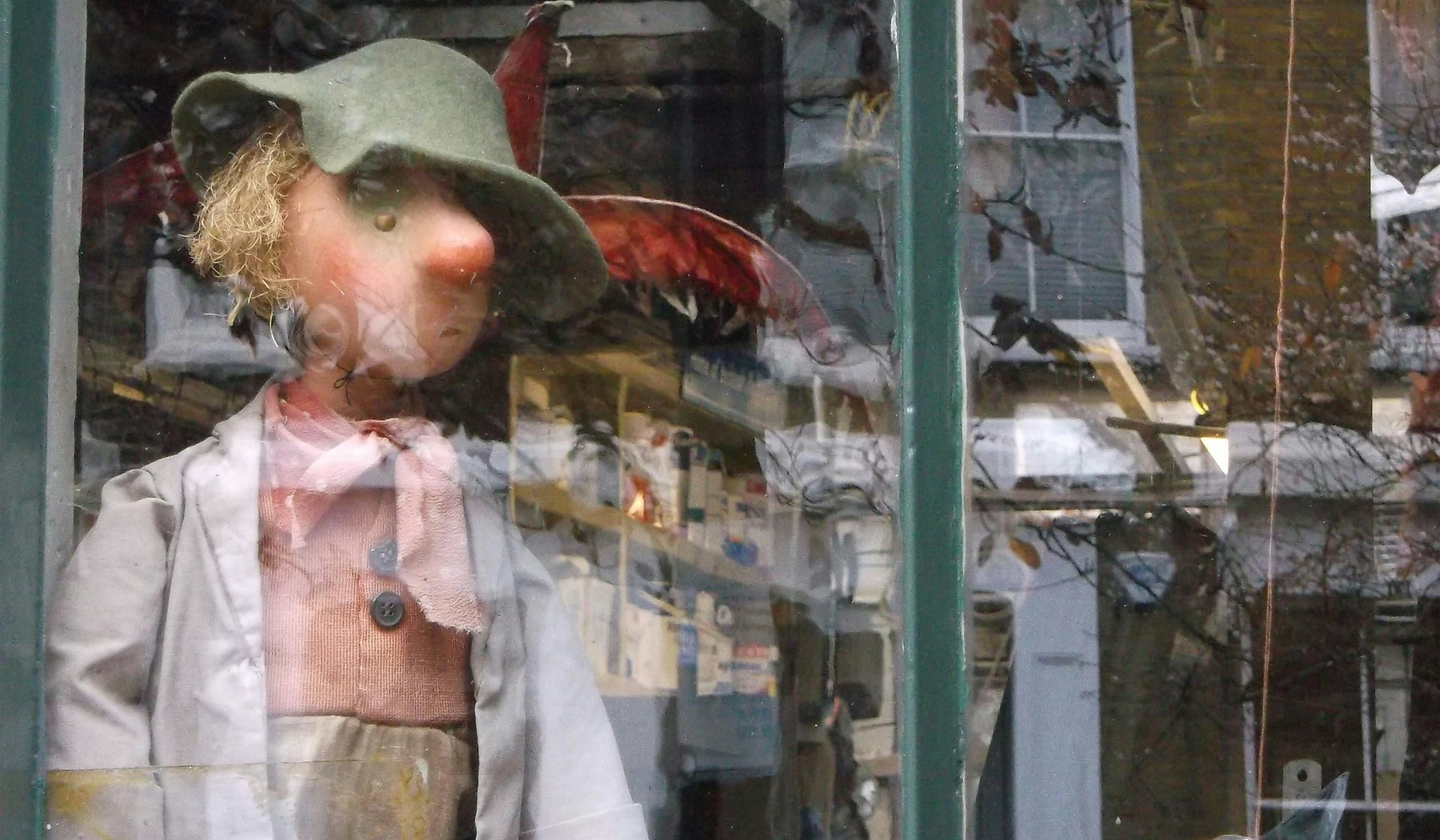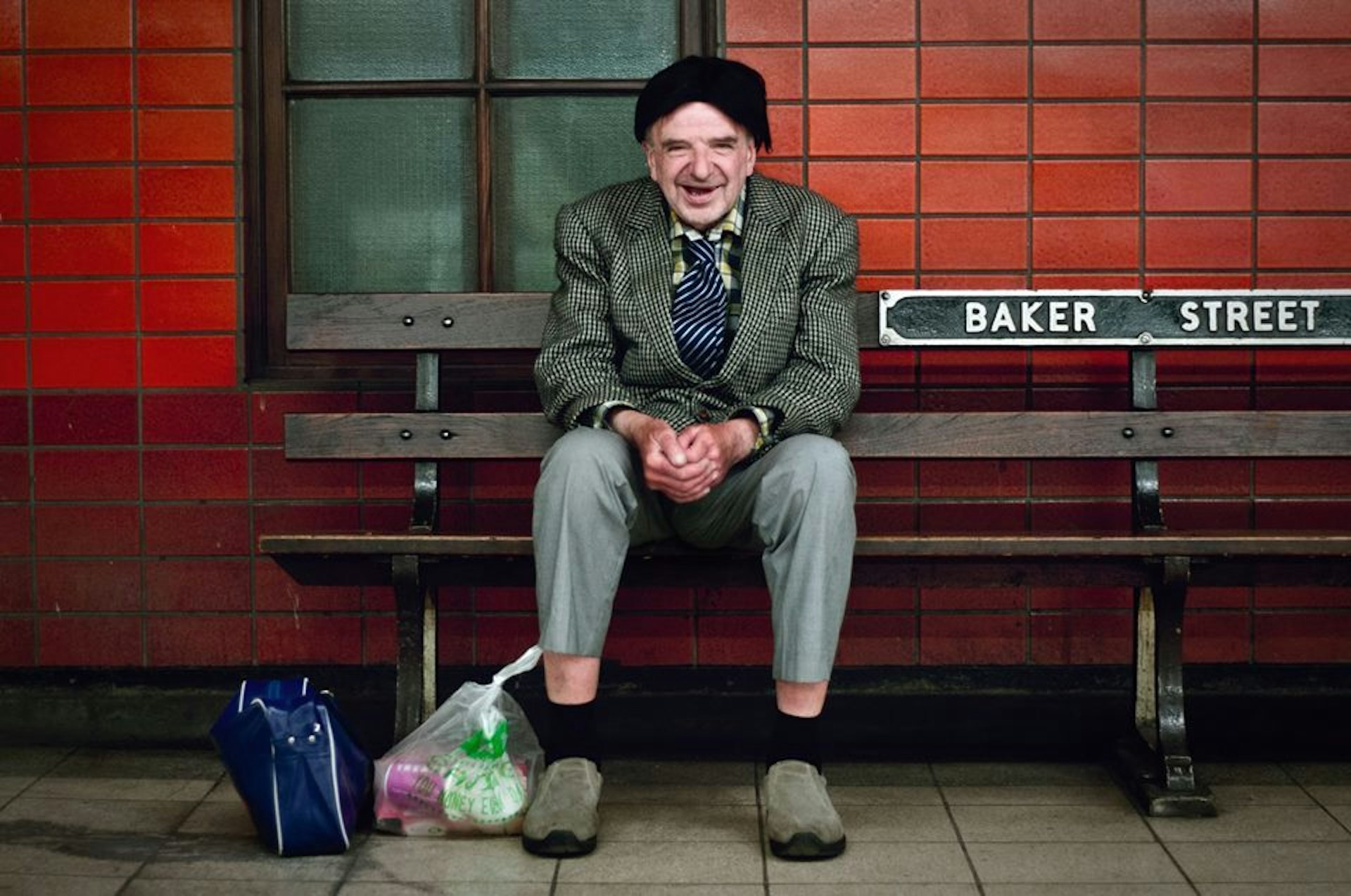
Trafficked women connect with their sense of self through photography
- Text by Alex King
Victims of famine, war, poverty or human trafficking usually appear in the media as mute objects who can’t speak for themselves. Too often, they are labelled simply as “victims”, whose complex problems are described by others in a one-dimensional narrative. Rarely do “victims” get to express their problems in their own terms.
UK charity PhotoVoice believe that everyone should have the opportunity to speak and be heard, and they do this by handing people the tools to tell their own stories through photography. Their Voice of Freedom project led by Leila Segal began by working with women who had been trafficked from Ethiopia and Eritrea through the Sinai and eventually arrived at the Ma’agan safe house in Tel Aviv. PhotoVoice ran participatory photography workshops with women at the centre and supported them to respond artistically to their experiences.
To find out more about the project we spoke to a photographer from China who chose to be known as ‘Fruit of Love’ to protect her identity, who along with other survivors of trafficking, from Albania, Ghana, Ethiopia and Nigeria, took part in the Voice of Freedom workshops that took place in London earlier this year.
How did being part of the Voice of Freedom project affect you?
Through my photography I have been able to express what’s in my heart. The photography on this project has come from the photographers’ own thoughts – from their inside. The ideas that we have been able to express come from our deep quest to be understood – from our heart to the whole world.
Are there any lessons, discoveries or transformations as a result of doing this work on the project?
Before I joined this project I was already interested in taking photos but now I have been able to say something with them. When I took photos before, I thought about them, but didn’t write down my thoughts. Through this project I really deepened and expressed my thinking – which makes me really satisfied in my heart, really happy.
During the project, sometimes I would feel sad, moved deep within me – but it’s actually this feeling of being moved that transformed me.
I hope that the viewer, and maybe people in the same situation as me, will hear our voices.
Is the idea that you can make a difference with photography a new discovery?
Yes – and for my photos, it is the best. I always have liked to take photos but it’s the first time I’ve used this kind of format. I thank God for giving me this opportunity.
What was the hardest part about the project?
There are a lot of things I still want to express. My feeling about my work is that it is too simple, and not saying the more powerful things. So when Leila [Segal – Voice of Freedom project director] said, ‘these are very good and you can share with others,’ I was doubtful – I didn’t think they are good enough. Sometimes I think, ‘how am I going to raise up my standard more?’
But every step is with my God’s blessing. In everybody’s life there is always a God that leads them, and although my path is full of difficulties, I have to say this God of mine is fantastically great. Especially like this project, providing us with such an opportunity – by ourselves we would never have been able to do such a project, never mind publish our work. I am very thankful for all these blessings.
When I joined the project, I wondered, ‘will this be meaningful for me?’ Then I thought, ‘maybe I will try – maybe one or two lessons’. I never imagined I would continue all the way. Even now, I feel I need a lot more knowledge.
Leila encouraged us all the time, very warmly and gently. To start with I thought ‘I’ll try a bit’, then ‘oh I must learn’, and finally ‘I really want to learn’ – that’s three totally different things!
What attracted you to the puppet in the window?
It’s a bit like me. I walk past this every day, and the puppet gives me a feeling that it can’t step out from the window. If it’s put on a stage, the puppet has life, but here in the window nobody listens to it. It wants to say something but there is no opportunity, so it tries to scream out.
This puppet symbolises us – who have been shut in, and are not able to step out into the real society. I had lots of photos I had taken before, but without this project all these photos have no life, there is no voice for them
What does the future hold for you?
Look at the puppet. I don’t know what to say, because it can’t say anything. If, one day, I were not here any more maybe my photos could say something – but really, I don’t know.
How do you see your photography developing?
Maybe I’m just an amateur, but of course I want to be a better photographer. Really, this is the direction that I’d like to go – but because of my status [as an asylum seeker], I don’t know what I will be able to do next.
Without projects like this, I could not think about my future. Without an opportunity like this, I simply could not be here, be there, be anywhere.
Find our more about PhotoVoice.
